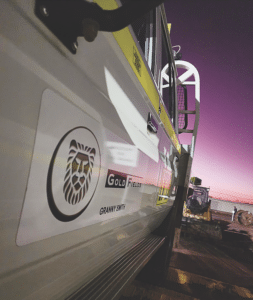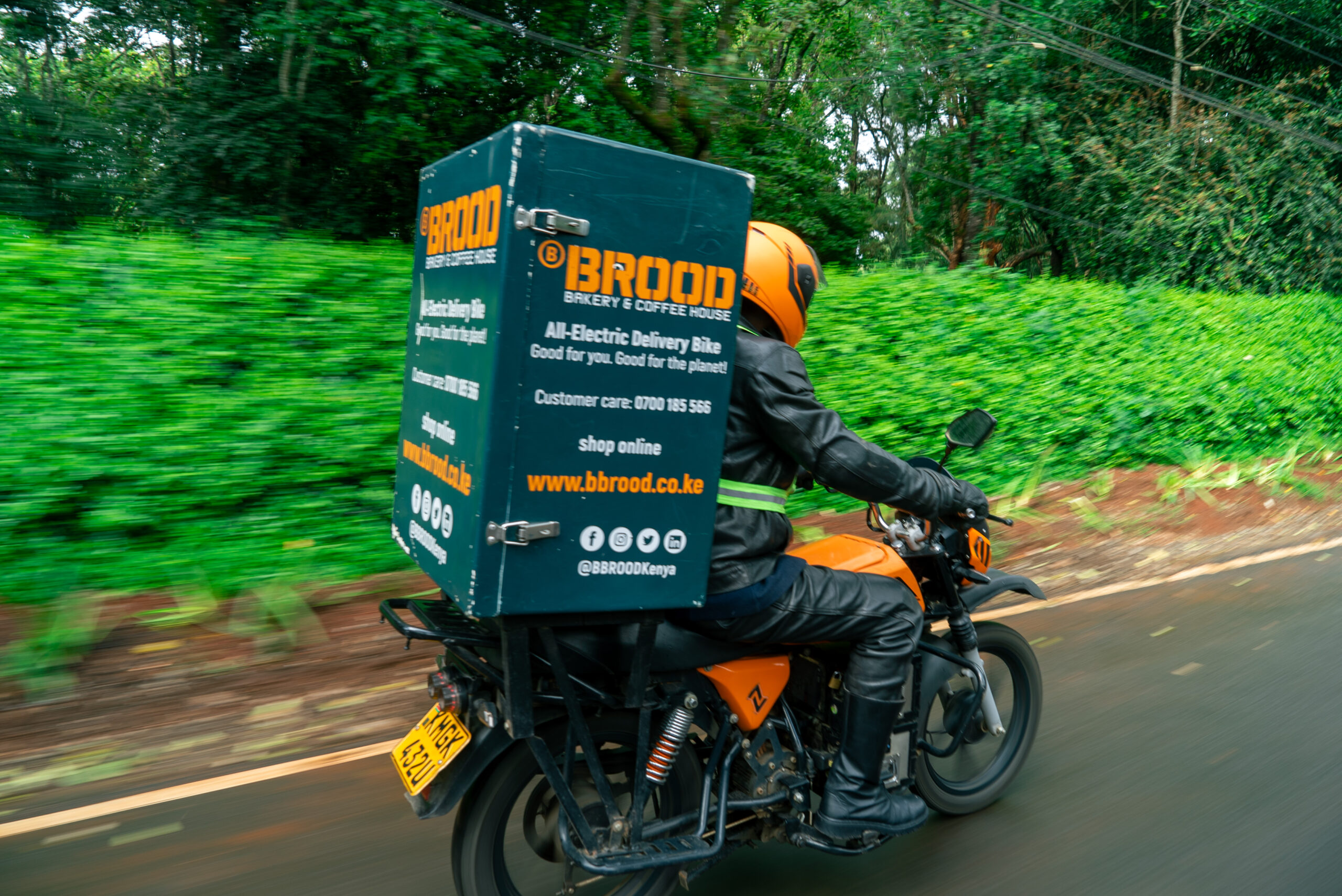A private LTE (4G) network by Vocus is supporting the transformation of safety and efficiency at one of Australia’s iconic gold mines.
When Gold Fields engaged Vocus to deploy a private LTE (4G) mobile network at its Granny Smith underground gold mine in Western Australia, it was a technological step-change that brought the iconic operation into the 21st century.
“Underground miners have been working in the dark for a long time, not being able to get visibility of where people are, where assets are, where the opportunities are,” Gold Fields Granny Smith general manager Mark Glazebrook said.
That all changed when Vocus deployed the private LTE network throughout the many kilometres of tunnels at Granny Smith, which reach as deep as 1.4km below the surface.
Lifting the lid of the mine
“We wanted to ‘lift the lid of the mine’ – to be able to see into operations clearly so we could provide a safer workplace and optimise production,” Glazebrook said.
“Vocus installed the private LTE network, and we connected all our haulage fleet and mining telemetry to it. We also used it as backhaul for underground Wi-Fi hotspots in vehicles to connect W-Fi-only apps.
“It allowed us to gather all the data we needed from our staff, trucks, loaders, and telemetry into one platform so we could make decisions quickly and in a coordinated way.”
From a production perspective, the control room on the surface also lacked real-time information on the location of vehicles, equipment and personnel. If a loader or other piece of machinery was parked at the end of a shift without its location being recorded, it could take significant time to locate it again to begin the next shift.
“It’’s enabled the saving of a significant amount of productivity time for a single asset each day,” Glazebrook said.
A challenging engineering problem
Delivering reliable high-speed mobile connectivity in an underground mining environment required Vocus to design specialised equipment.
The team developed special radio frequency filters to allow bi-directional signal amplification throughout the mine.

Image: Vocus
This meant that applications could send data at high speed from underground to the surface just as fast as the downloads that enabled staff to access training materials and conduct video calls.
“When you’re operating an underground mine, sending all the data up to the surface is the most important thing – which is the opposite of most broadband solutions which are designed to provide high speed data download,” Vocus project team member Malcolm Jones said.
The requirement from Gold Fields to be able to transmit data to the surface at low latency and high speed created a complex engineering problem.
“As simple as running a cable down tunnels sounds, it’s a complex design scope because on that one signal path you have to carry two frequency bands for uplink and downlink and use specially designed filters to stop them getting mixed up,” Jones said.
“Then you have to recombine them at the point of radio amplification.”
The solution utilises leaky feeder cable attached to the roof of the tunnels, creating a continuous antenna with signal-boosting radio amplifiers placed every 150m.
GPS positioning underground without satellites
The network is augmented with Bluetooth beacons embedded in the bidirectional amplifiers as well as stand-alone beacons placed throughout the mine which provide precise reference locations to provide ‘Google Maps’-like positioning of assets and personnel, working around the fact that the underground tunnels have no reception from the GPS satellites that would normally provide this.
Since going live, the Granny Smith LTE network has supported a raft of safety, productivity and operational efficiency improvement programs.
The LTE network enables a situational awareness system that allows vehicles to identify other vehicles in close proximity below the surface as well as providing precise tracking of personnel throughout the mine.
Another unexpected benefit has been the ability to use standard business applications like video calling and conferencing, which is particularly useful for troubleshooting problems underground with engineers on the surface.
“The Granny Smith team is using apps on the system, and in particular Microsoft Teams for voice communication rather than their traditional push-to-talk radio because the 4G coverage is actually better in some parts of the mine,” Jones said.
With 42km of the tunnel system now covered by LTE and more being rolled out, Gold Fields sees the Granny Smith implementation as a significant move towards its mine digitisation program.
This feature appeared in the February 2025 issue of Australian Mining.




